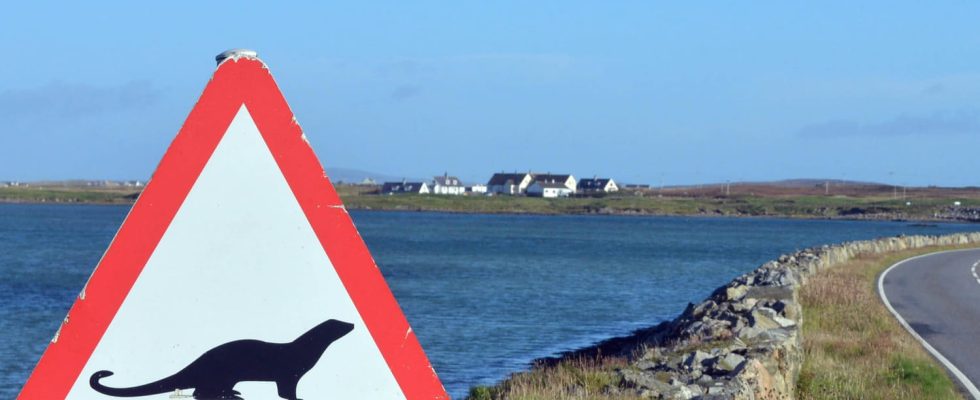It is to save the lives of a protected species that this new traffic sign was installed on the side of the roads.
Danger is everywhere on the road. Fortunately, road signs are there to provide important information to motorists and thus ensure their safety and that of other road users. We think in particular of signs indicating a dangerous bend, a steep slope, a work zone or even a level crossing. All must encourage the driver to adapt their driving, often by slowing down, to avoid possible danger. These alarms were designed to protect human life, but not only that. Signs indicating the possible crossing of wild animals also exist to save the lives of these animals.
At the sight of them, often around wooded areas, the driver must be particularly vigilant, and even more so at night, because an animal can appear at any time on the road. Most often, this sign appears as a deer drawn in black in a white triangular sign surrounded by red. The deer can be replaced by a cow, a wild boar, a sheep and even a horse mounted by a rider. But recently, a new animal got its own panel. In the town of Lamballe-Armor, in Brittany, two new traffic signs have just appeared on the road to avoid collisions between cars and an animal that was almost no longer found in France in the 1980s.
This animal is the otter. Since it was included on the list of protected species in 1982 (and banned from hunting since 1971), its population has continued to grow, and we find more and more of it in the Côtes department. -d’Armor. Unfortunately, the otter quite often dies crushed on the roads, its 7 to 8 kilos being no match for an impact with a car weighing one to two tonnes. It is to reduce the risk of collisions and protect this small freshwater mammal, whose life expectancy is already quite short (5 years on average), that the municipality of Lamballe-Armor has decided to install two panels signage at a place called Le Rivage, in Meslin.
Under the triangular sign indicating danger, and within which an otter has been drawn, the message “otters crossing, be careful to slow down” has been added to attract the attention of motorists. Otters only reach “sexual maturity” around 2 or 3 years of age, so they have little time to reproduce. The small mammal most often has a single litter – of two or three otters – during its life. Suffice it to say that they reproduce much more slowly than flies. Hence the importance of protecting them also on the road, so as not to see them disappear one day.
